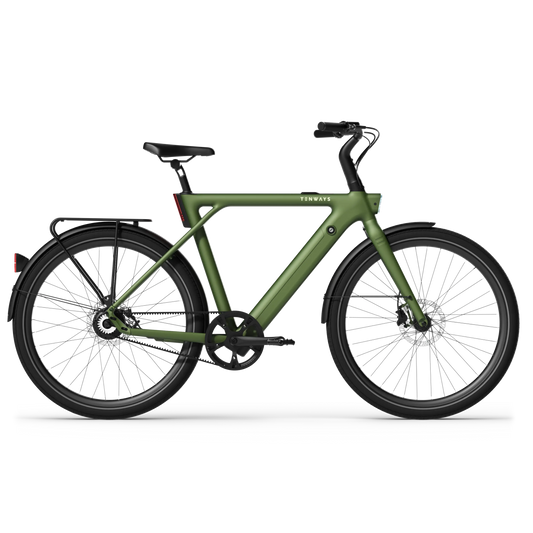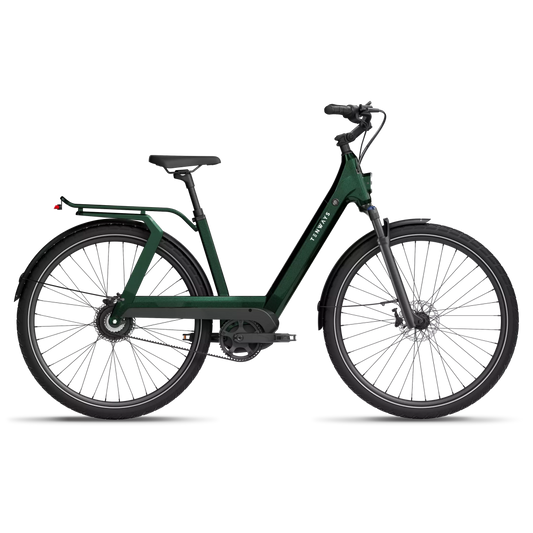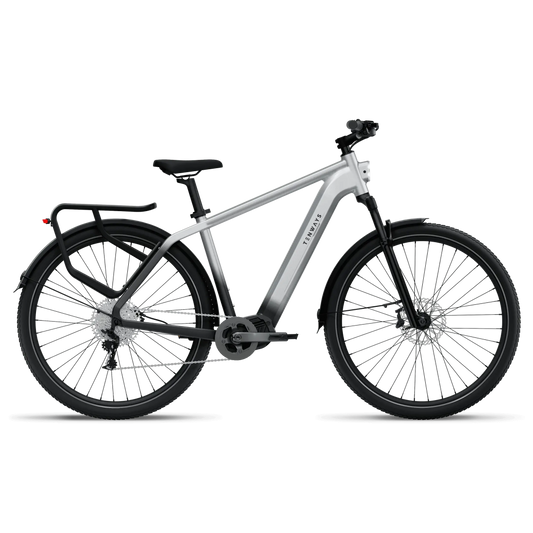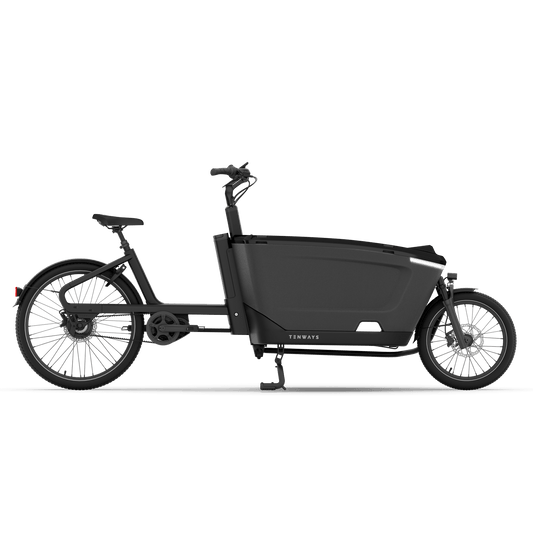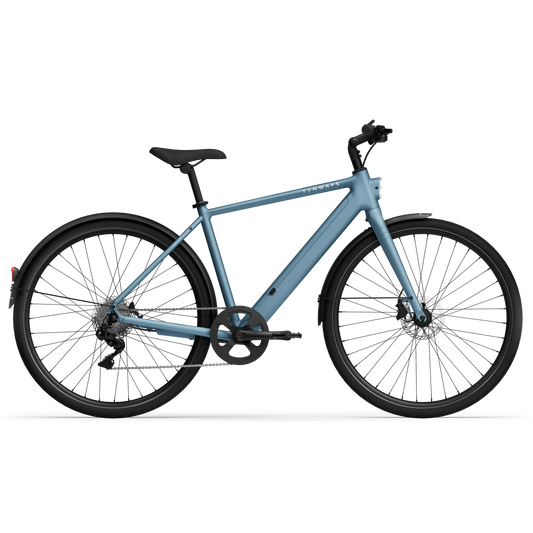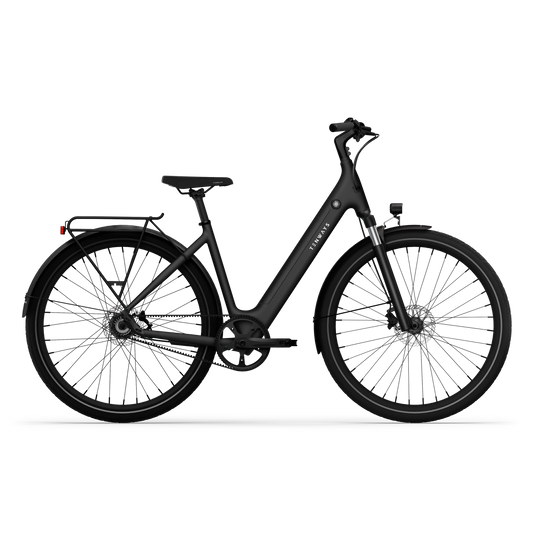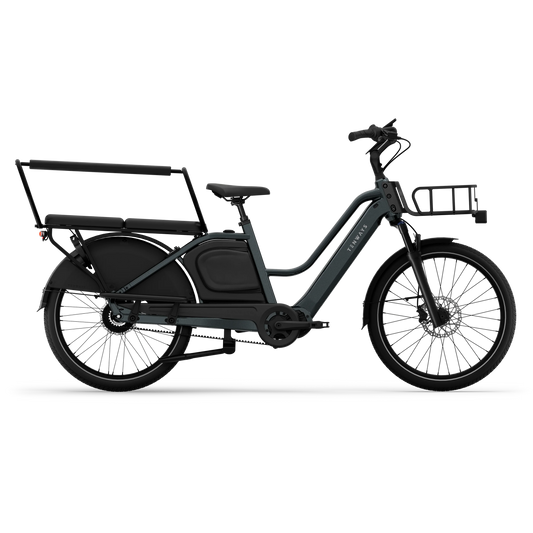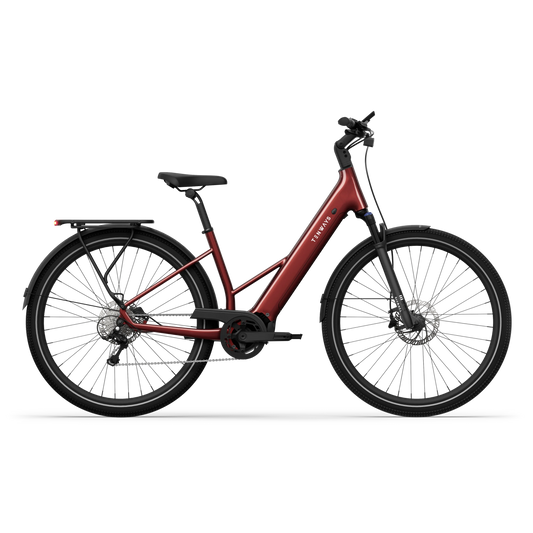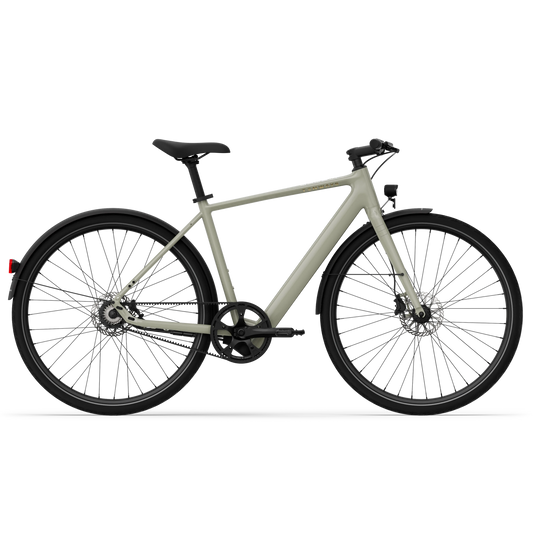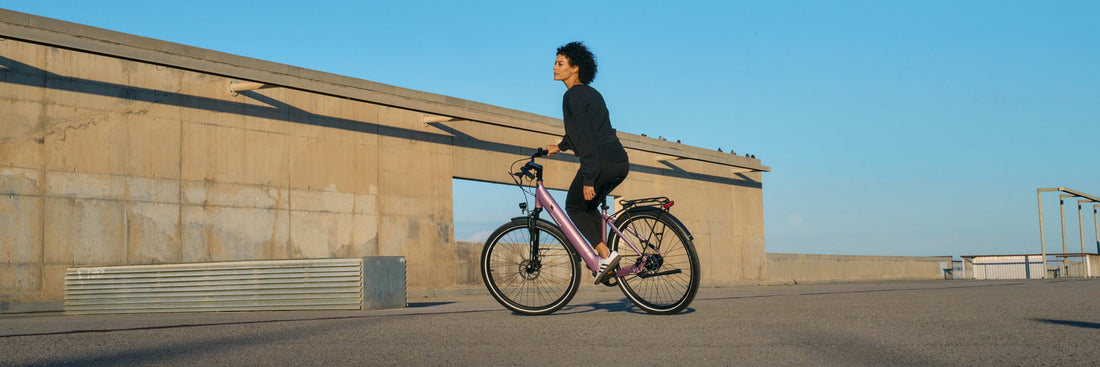When discussing e-bikes, a common area of interest is the range, whether it’s how to get more range, how important battery capacity is, or if greater range is possible depending on the e-bike components.
Whilst larger batteries do mean greater range for an e-bike, it's not always so cut-and-dry when considering the multiple factors that can maximise your range (and give you a greater return on your e-bike investment!).
But which factors and components should you consider when trying to get more range out of your e-bike, and is it really all about battery capacity?
Let's take a look.
Why battery capacity isn't everything
It can be tempting to focus all of your attention on battery capacity when it comes to considering your e-bike range.
However, battery capacity is just one element of many, even if it is highly important!
When opting for a higher battery volume, there are important trade-offs to consider:
- Opting for a higher battery capacity often leads to the trade-off of a heavier weight for your e-bike, which can mean reduced portability and a different riding experience in terms of feel.
- Bigger batteries may require additional bulk that affects the sleekness of an e-bike from an aesthetic standpoint, as frame-integrated batteries tend to be smaller to keep the minimalist aesthetic.
- The larger the battery capacity, the higher the price of the e-bike, and though this may increase cost-effectiveness (with cost per watt-hour tending to decrease with larger batteries), there is also the law of diminishing returns to consider — doubling your e-bike's battery capacity doesn't necessarily double the range.
In short, your e-bike's actual range depends on much more than just battery capacity!

What are the components that can boost your e-bike's range?
Let's assume that you're looking at e-bikes with the same battery capacity — which two key components can increase your battery's range?
How weight impacts e-bike range
The lighter the weight, the more range you can get from the same battery.
Think of it this way: if you're riding a heavier e-bike, the motor has to work harder to maintain the same speed, which in turn depletes the battery faster and reduces how much range you get from a single charge.
Similarly, rolling and grade resistance are impacted by weight, and as weight increases, so too does the motor energy required to adapt to different terrains, causing a steep reduction in range and a faster battery drain.

How torque sensors impact e-bike range
A torque sensor has the unique distinction of making your pedalling experience feel more natural and pleasant whilst also increasing the efficiency of power usage.
Because the torque sensor can measure how much power you put on the pedal, it can regulate power output instantly, conserving battery life through an adaptive approach.
This means that the motor isn't running on a fixed output, which avoids unnecessary energy consumption and means you can travel further on a single charge — pretty efficient, right?

Weight and torque sensor efficiency in action
In the TENWAYS' lineup, there are two e-bike models that strike the perfect balance between light weight and battery capacity, whilst also being equipped with torque sensors: the CGO800S and the CGO800 Plus.
The CGO800S is a comfortable, 19kg net weight carbon belt drive, with a 460 Wh battery, perfect for chic tarmac and cycle path commuting.
By comparison, the CGO800 Plus is best described as exceptionally powerful at a whisper-quiet capacity, with a slightly heavier 24kg net weight, chain-drive, and 475 Wh battery for effortlessly climbing urban slopes.

Handy tips for getting more range out of your e-bike
If you want to make your e-bike go further and maximise your money and mileage, here are our best tips:
-
Conduct regular maintenance on your e-bike to make sure parts are running smoothly and reducing drag (e.g., cleaning the brake disc, lubricating the chain adequately).
-
Use lower-level PAS - adjusting your PAS level means you’re not unnecessarily using higher power and reducing your range.
-
Inflate your tires to have decent pressure, and make sure that the tires of your e-bike are appropriate for the terrain (e.g., cross-country tires create more drag on regular roads, meaning reduced range efficiency).
-
Start with a low gear and shift up later - the motor works more efficiently at higher pedalling speeds, so reducing the strain by using the gears appropriately increases range and overall efficiency.
-
Pedal at a consistent pace where possible, as smooth riding is more energy-efficient compared to rapid acceleration or frequent stops and starts (though this is dependent on the type of commute or journey you have!)
- If you have a torque sensor on your e-bike, let it do the hard work for you by adjusting the motor output to your effort!
Great e-bike range is all about balance
The multitude of factors influencing e-bike range - weight, battery capacity, terrain, level of pedal assistance, tire choice and pressure, gear - means that it's down to the rider to balance good components and good riding habits to get the most range out of their e-bike.
The best way to ensure that you’re balancing the key components is to opt for an e-bike that combines components and weight to provide a well-balanced, smooth ride that doesn’t compromise on design or delight.
After all, it's just as much about your enjoyment of the ride as it is about the efficiency of it — you want to go the extra mile in style!
